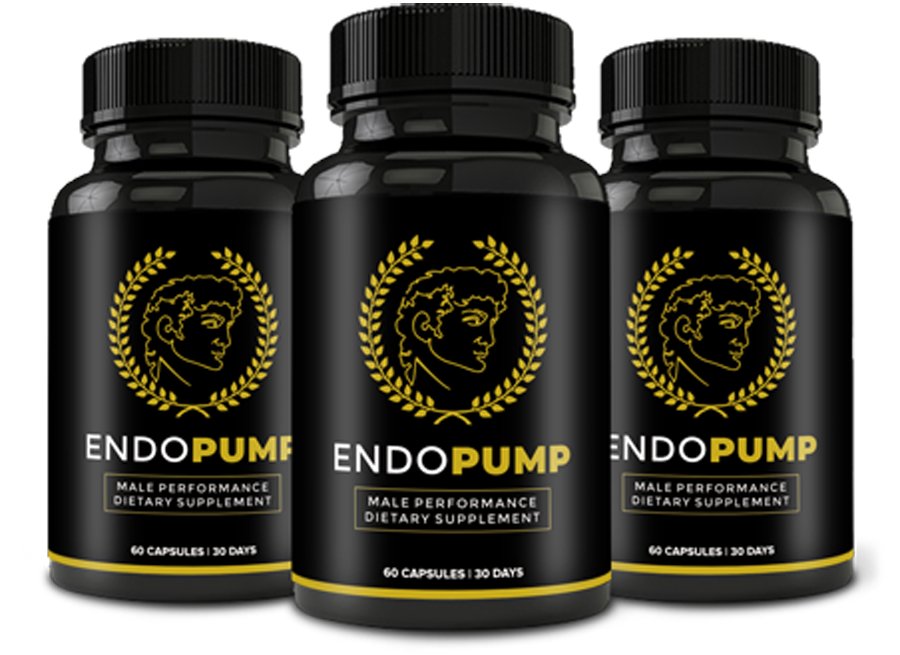
U.S. Scientists Discover Secret For Stamina & Virility At Any Age , Ingredients That May Help: bluecheck Support a healthy libido, bluecheck Support healthy stamina, bluecheck Support adequate nitric oxide production
Platelet-rich plasma (PRP) therapy is an innovative treatment that has garnered attention for its potential use in managing erectile dysfunction (ED). This therapy leverages the body’s natural healing processes to enhance erectile function. Here’s an overview of PRP therapy for ED, including its mechanism of action, procedures, clinical evidence, benefits, risks, and future directions.
1. Understanding Platelet-Rich Plasma (PRP)
PRP is a concentration of platelets derived from the patient’s own blood. Platelets are rich in growth factors and cytokines, which play crucial roles in tissue repair, regeneration, and healing. PRP therapy involves isolating these platelets and injecting them into specific areas to promote healing and regeneration.
2. Mechanism of Action
The proposed mechanisms by which PRP therapy may improve erectile function include:
- Neovascularization: PRP contains growth factors that promote the formation of new blood vessels, enhancing blood flow to the penis.
- Tissue Regeneration: The growth factors in PRP stimulate the repair and regeneration of erectile tissue, potentially improving its function.
- Enhanced Healing: By promoting healing in damaged tissues, PRP may help restore normal erectile function, particularly in patients with ED resulting from trauma or vascular issues.
3. The PRP Therapy Procedure for ED
The procedure typically involves the following steps:
A. Blood Collection
- A small amount of the patient’s blood (usually 10-20 mL) is drawn, typically from a vein in the arm.
B. Centrifugation
- The blood sample is processed in a centrifuge, which separates the platelets from other blood components. This process concentrates the platelets, resulting in a PRP solution.
C. Injection
- The PRP is then injected into specific areas of the penis, often targeting the erectile tissue (corpora cavernosa). Some providers may use ultrasound guidance to ensure accurate placement.
D. Recovery
- The procedure is minimally invasive, typically performed in an outpatient setting. Patients can usually return to normal activities shortly after the procedure, with specific restrictions on sexual activity based on the provider’s recommendations.
4. Clinical Evidence and Effectiveness
Research on the efficacy of PRP therapy for ED is still evolving, with several studies indicating promising results:
- Improvement in Erectile Function: Some clinical trials have reported significant improvements in erectile function scores following PRP injections. Patients often experience enhanced hardness and duration of erections.
- Patient Satisfaction: Many studies suggest high levels of patient satisfaction, with improvements noted in sexual quality of life.
However, it is important to note that the evidence is still limited, and more extensive, well-controlled studies are needed to establish long-term efficacy and safety.
5. Benefits of PRP Therapy for ED
- Minimally Invasive: PRP therapy is a non-surgical, outpatient procedure with minimal downtime and discomfort.
- Autologous Treatment: Since PRP is derived from the patient’s own blood, there is a low risk of allergic reactions or rejection.
- Potential for Regeneration: PRP may address the underlying causes of ED by promoting healing and vascular health.
6. Risks and Considerations
While PRP therapy is generally considered safe, there are some potential risks and side effects:
- Injection Site Reactions: Patients may experience mild pain, swelling, or bruising at the injection site.
- Infection: As with any injection procedure, there is a small risk of infection.
- Effectiveness Variability: Not all patients may respond to PRP therapy, and results can vary based on individual conditions and the severity of ED.
7. Future Directions
The use of PRP therapy for ED is an area of active research, with several potential future directions:
- Long-Term Studies: Further studies are needed to assess the long-term effectiveness and safety of PRP therapy for ED, including the optimal number of treatments and follow-up intervals.
- Combination Therapies: Researchers are exploring the potential benefits of combining PRP therapy with other treatments, such as PDE5 inhibitors or penile implants, to enhance overall outcomes.
- Standardization of Protocols: Establishing standardized protocols for PRP preparation and injection techniques will help improve the consistency and reproducibility of results across studies.
Conclusion
Platelet-rich plasma (PRP) therapy represents a promising treatment option for erectile dysfunction, especially for patients seeking minimally invasive solutions that harness the body’s natural healing processes. While initial studies show potential benefits, further research is essential to confirm its effectiveness and safety in broader populations. Patients interested in PRP therapy for ED should consult with a qualified healthcare provider to discuss the treatment’s potential, expected outcomes, and any associated risks.
Platelet-rich plasma (PRP) therapy for ED.

